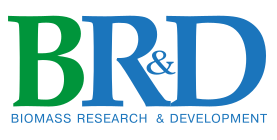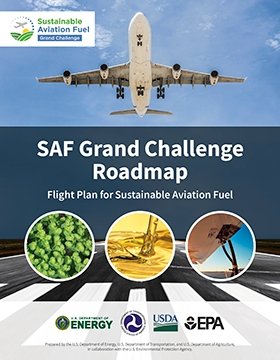
Effective communication that transparently demonstrates the environmental, climate, and economic benefits of sustainable aviation fuel (SAF) is vital to building public trust and increasing support. For the SAF Grand Challenge to be successful, public awareness of SAF as one of the solutions to reduce net greenhouse gas (GHG) emissions from aviation, while simultaneously investing in the U.S. domestic economy, will be critical. This includes making transparent, science-based analysis and data on the impacts and benefits of SAF and progress toward SAF Grand Challenge goals available to the public. Communication activities will support workstreams across the other five action areas, including engagement with key stakeholder groups such as nongovernmental organizations (NGOs).
Key Actions and Workstreams Supporting SAF Communicating Progress and Building Support
|
Download the full version of the SAF Grand Challenge Roadmap: Flight Plan for Sustainable Aviation Fuel. |
- Stakeholder outreach and engagement on sustainability to exchange information about best practices to reduce life cycle GHG emissions from agricultural- and forest-derived feedstocks.
- Conduct benefits assessment/impact analysis of SAF Grand Challenge to inform decisions, demonstrate benefits, and mitigate negative impacts.
- Measure progress of the SAF Grand Challenge to provide updates, measure success, and show where progress needs to be made.
- Communicate public benefits of the SAF Grand Challenge to address common concerns/misconceptions and further build public support.
2030 Communicating Progress and Building Support Impact Highlight
Stakeholder Outreach and Engagement on Sustainability
Outreach and engagement with stakeholder groups will continue to be critical for building support and exchanging knowledge to achieve the 2030 goals. The U.S. Department of Energy, U.S. Department of Agriculture, and the Federal Aviation Administration will hold consultations and listening sessions with NGO, agricultural, and forestry communities to understand needs and best practices to reduce life cycle greenhouse gas emissions from feedstock production and improve sustainability.

